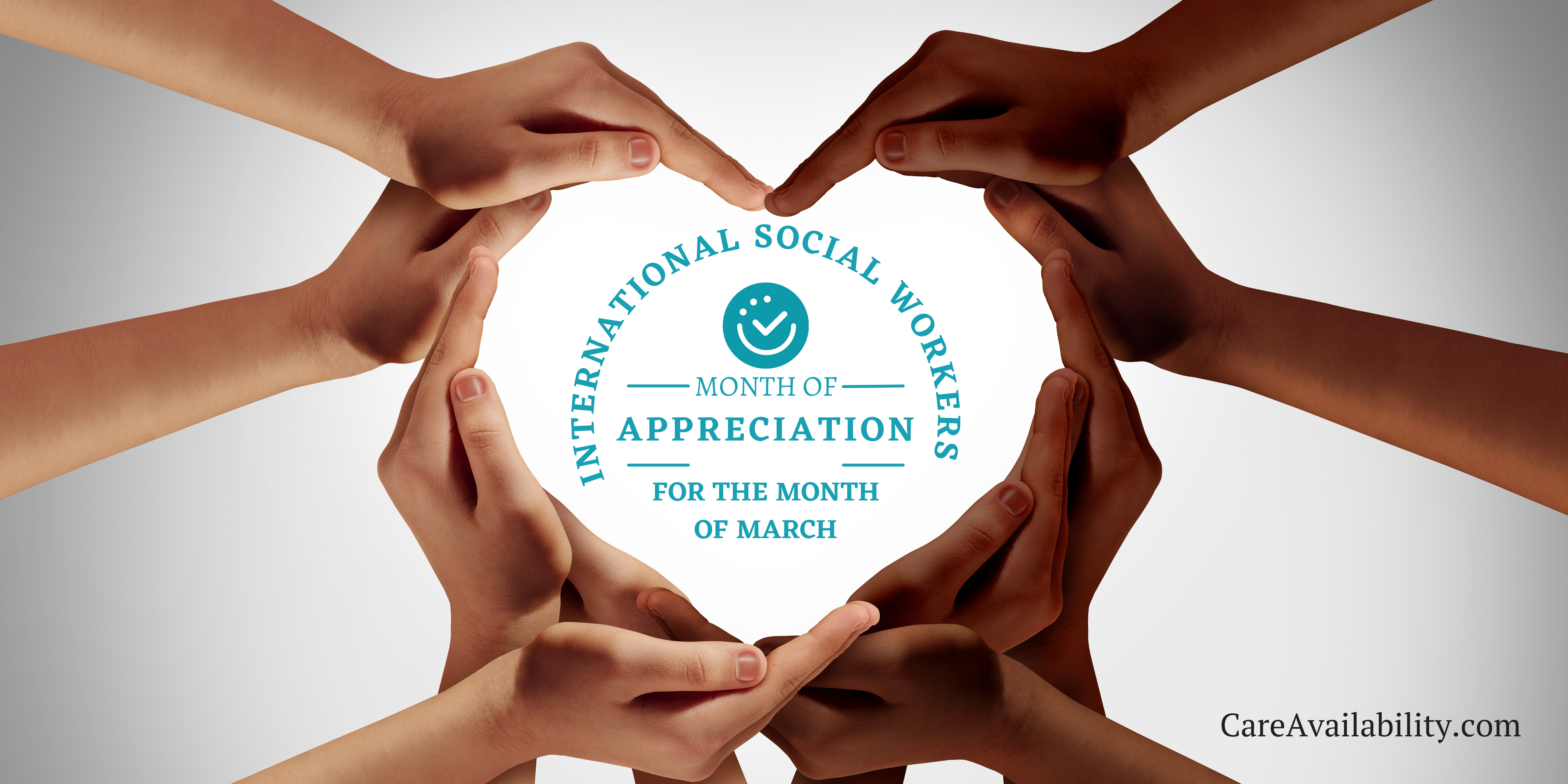Celebrating Parks and Recreation Month: Embrace the Outdoors
July is Parks and Recreation Month, a time dedicated to recognizing the vital role that parks, trails, and recreational facilities play in our communities. Since 1985, the National Recreation and Park Association (NRPA) has celebrated this month to highlight the importance of parks and recreation for health, wellness, and community cohesion. Whether you’re an avid outdoor enthusiast or someone looking to explore nature’s beauty, Parks and Recreation Month offers a fantastic opportunity to embrace the outdoors and enjoy the numerous benefits these green spaces provide.
The Importance of Parks and Recreation
Parks and recreation areas are essential for several reasons:
- Physical Health: Parks provide spaces for physical activities such as walking, jogging, cycling, and various sports. Engaging in regular physical activity helps improve cardiovascular health, build muscle strength, and maintain a healthy weight.
- Mental Well-being: Spending time in nature has been shown to reduce stress, anxiety, and depression. Parks offer a serene environment for relaxation, meditation, and mindfulness, promoting overall mental health.
- Community Engagement: Parks serve as communal spaces where people of all ages can come together, fostering a sense of community and belonging. Events, programs, and activities hosted in parks encourage social interaction and strengthen community bonds.
- Environmental Benefits: Parks and green spaces contribute to environmental conservation by preserving natural habitats, improving air quality, and supporting biodiversity. They also play a crucial role in urban areas by mitigating the effects of climate change and reducing the urban heat island effect.
- Economic Value: Well-maintained parks and recreational facilities can enhance property values, attract tourists, and boost local economies. They also create job opportunities in park management, maintenance, and recreational programming.
Ways to Celebrate Parks and Recreation Month
Here are some exciting ways to celebrate Parks and Recreation Month and make the most of your local parks:
- Explore New Parks: Take this month as an opportunity to visit parks you haven’t explored before. Discover hidden gems in your community or venture out to nearby towns and cities to experience different parks and recreational areas.
- Participate in Community Events: Many parks host special events, such as concerts, fitness classes, nature walks, and family-friendly activities, during Parks and Recreation Month. Check your local park’s schedule and join in the fun.
- Get Active: Engage in physical activities that parks offer. Whether it’s hiking a scenic trail, playing a game of frisbee, or joining a yoga class, there are endless ways to stay active and healthy in the great outdoors.
- Volunteer: Contribute to the upkeep and beautification of your local parks by volunteering for clean-up events, tree planting, or other community service projects. Your efforts will help preserve these spaces for future generations to enjoy.
- Learn and Educate: Parks often offer educational programs and workshops on topics such as wildlife conservation, gardening, and environmental sustainability. Attend these sessions to learn more about nature and share your knowledge with others.
- Picnic and Relax: Pack a picnic and spend a leisurely day at the park with family and friends. Enjoy the peaceful surroundings, play games, read a book, or simply unwind and appreciate the beauty of nature.
Parks and Recreation Month is a wonderful time to celebrate the numerous benefits that parks and recreational facilities bring to our lives. By embracing the outdoors and participating in community activities, we can enhance our physical and mental well-being, strengthen community ties, and contribute to environmental conservation. So, this July, step outside, explore your local parks, and make the most of Parks and Recreation Month!









